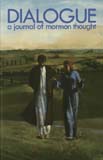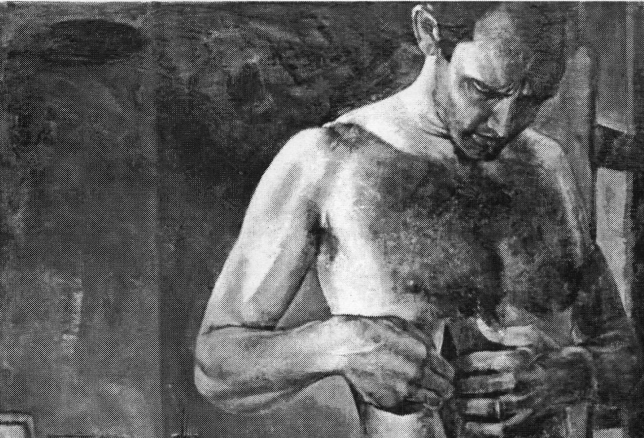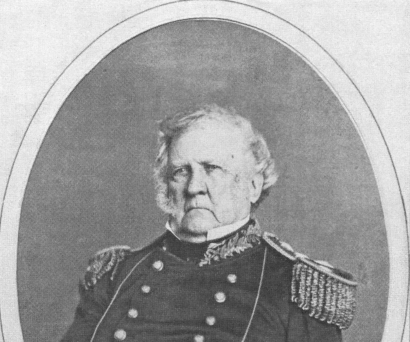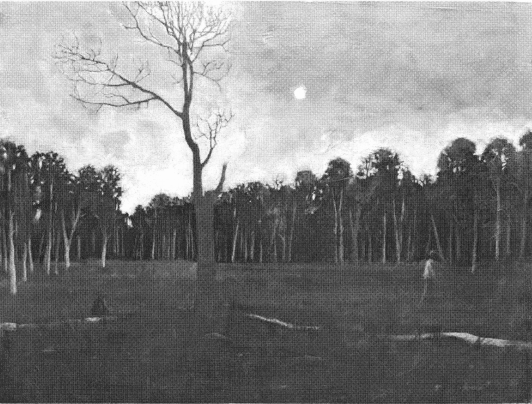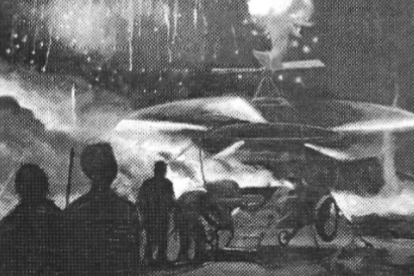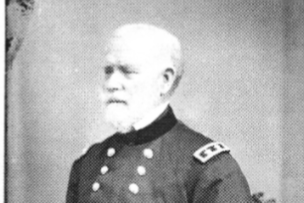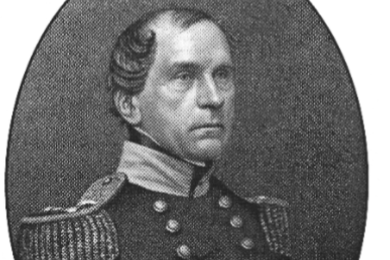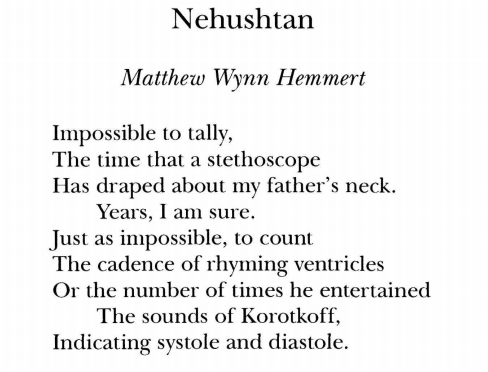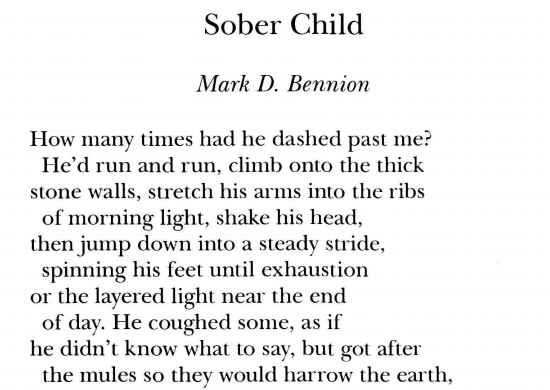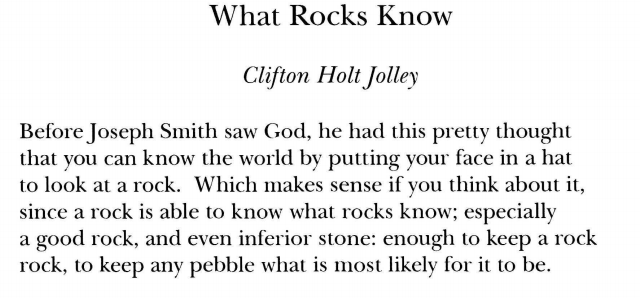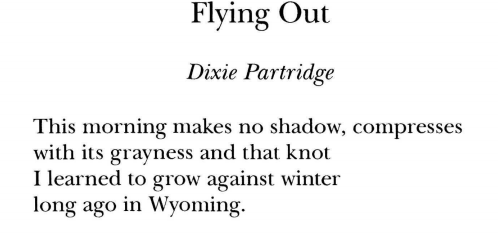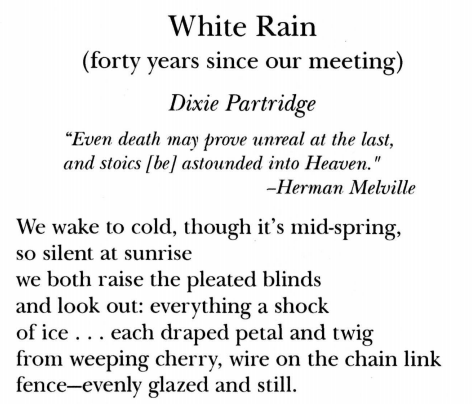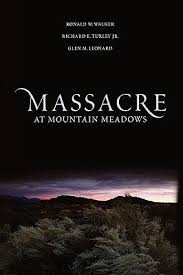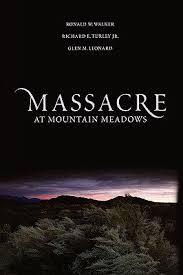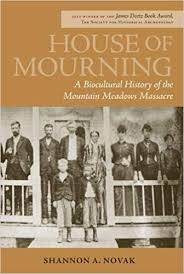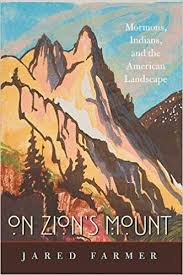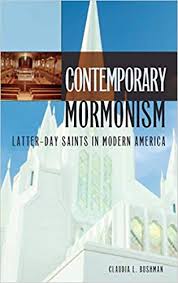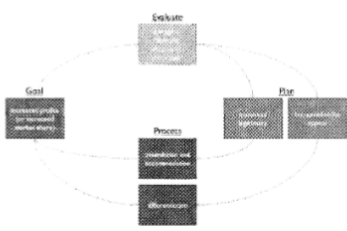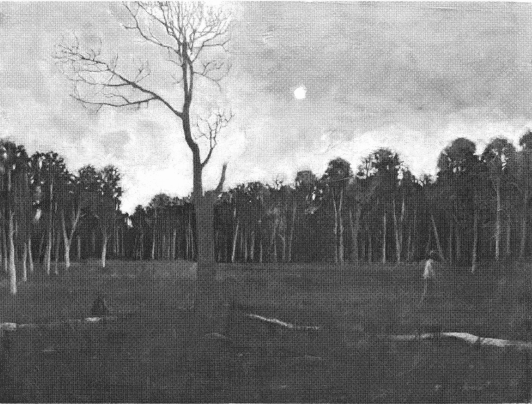Becoming a “Messenger of Peace”: Jacob Hamblin in Tooele
Todd M. ComptonOn March 13, 1852, two men, one white and armed with a rifle, the other a Goshute armed with bow and arrows, confronted each other in the Stansbury Mountains west of Tooele, a small, two-year-old settlement some twenty-five miles southwest of Salt Lake City. The first man, Jacob Vernon Hamblin, a lieutenant in Utah’s Nauvoo Legion, had been given specific instructions by his military and ecclesiastical superior to kill all Indians, as they had been raiding the whites’ cattle. However, when Hamblin and the Goshute faced each other in the mountains, neither could kill the other despite multiple arrows loosed at Hamblin and multiple attempts to shoot the Indian. Finally the Indian fled after Hamblin threw a stone at him. This was a tense, dangerous, yet almost comic confrontation that would profoundly shape Hamblin’s subsequent life. He concluded that the incident was a sign given him from God that he should not kill Indians and that, if he followed this directive, he himself would never be killed by them.
Read more





